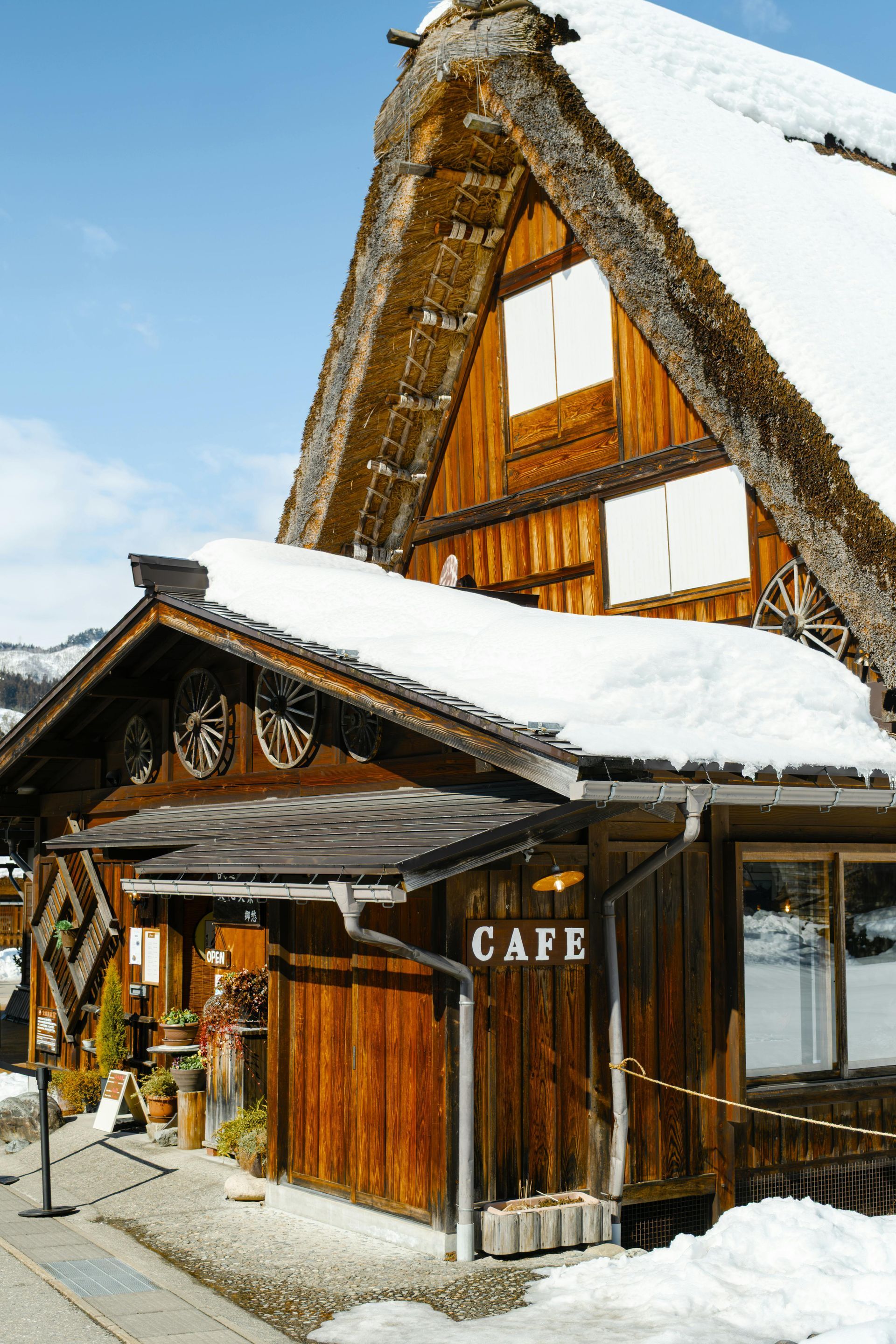The Coolest Tech Above Your Head: Modern Roof Ventilation and Your Energy Bills
Here in Texas, we understand the art of staying cool. We seek out shade, embrace the power of air conditioning, and know the precise time of day to avoid the blistering sun. But what if one of the most significant upgrades to your home's cooling efficiency wasn't in your living room, but on top of your roof?
Traditional roofing wisdom has always emphasized the importance of ventilation. However, technology has evolved far beyond simple vents. Today’s modern roof ventilation solutions are smarter, more powerful, and more efficient than ever, offering homeowners a significant advantage in the fight against summer heat and high energy costs. At Graduate Contracting, we’re committed to installing not just roofs, but complete roofing systems that enhance your home's performance. Let's explore the cutting-edge ventilation tech that can transform your home's energy efficiency.
Moving Beyond Basic Vents: The Power of Active Solutions
For years, passive vents like ridge and soffit vents have been the standard, relying on natural convection to move hot air. While essential for a balanced system, they can sometimes struggle to keep up with the intense, radiant heat that builds in a Texas attic, where temperatures can exceed 150°F.
This is where modern, active ventilation solutions make a world of difference.
Solar-Powered Attic Fans: Your A/C's New Best Friend
Imagine having a dedicated fan working all day to pull superheated air out of your attic, without costing you a single cent in electricity. That’s the power of a solar-powered attic fan.
These innovative fans are fitted with their own solar panels, allowing them to run entirely on the sun's energy. On the hottest, sunniest days, when your attic is at its most extreme, the fan works at its peak performance, actively pulling hot air out and drawing cooler, fresh air in through your intake vents.
The impact on your home is twofold:
- Reduced A/C Workload: By aggressively cooling your attic, a solar fan dramatically reduces the amount of radiant heat seeping into your living space. According to the U.S. Department of Energy, a cool roof can lower cooling demand by 10-15%. An actively ventilated attic has a similar, powerful effect, meaning your air conditioner doesn't have to run as long or as hard to maintain a comfortable temperature.
- Significant Energy Savings: A reduced A/C workload translates directly into lower utility bills. Studies have shown that solar attic fans can reduce a home's cooling costs by up to 30%. It’s one of the smartest home improvements for generating a tangible return on investment.
Smart Ventilation Systems: Technology That Thinks for Itself
The latest frontier in attic ventilation is "smart" technology. Smart attic fans are equipped with built-in thermostats and humidistats that allow them to operate with precision.
- Temperature Control: You can set the fan to automatically turn on when the attic reaches a specific temperature (e.g., 95°F), ensuring it only runs when needed.
- Humidity Sensing: More advanced models also monitor humidity. This is crucial for preventing moisture buildup in both summer and winter, protecting your roof's structure and insulation from the threat of mold and rot.
- App-Based Control: Many smart fans can be monitored and controlled directly from your smartphone, giving you complete control over your home’s attic environment.
The Foundation Still Matters: Advanced Passive Vents
Technology hasn't just improved powered solutions. The design of traditional passive vents has also seen significant upgrades. Manufacturers like GAF and Owens Corning have developed advanced ridge vents with external baffles and weather-blocking filters. These designs improve airflow efficiency while offering superior protection against wind-driven rain, snow, and pests—ensuring your ventilation system is both effective and durable.
Graduate Contracting: Your Partner in Energy Efficiency
Upgrading your attic ventilation is more than just installing a new fan. It requires a holistic approach to create a balanced and effective system. The team at Graduate Contracting has the expertise to assess your home's specific needs, considering factors like attic size, roof design, and existing intake ventilation.
We can help you determine if a powerful solar attic fan, a precision smart fan, or an upgrade to your passive vents is the right solution to maximize your home's energy efficiency. By integrating modern ventilation technology into your roofing system, you're not just getting a new roof; you're getting a cooler, more comfortable, and more cost-effective home.
Ready to see how much you could save? Contact Graduate Contracting today for a free consultation and learn how modern roof ventilation can slash your energy bills.


